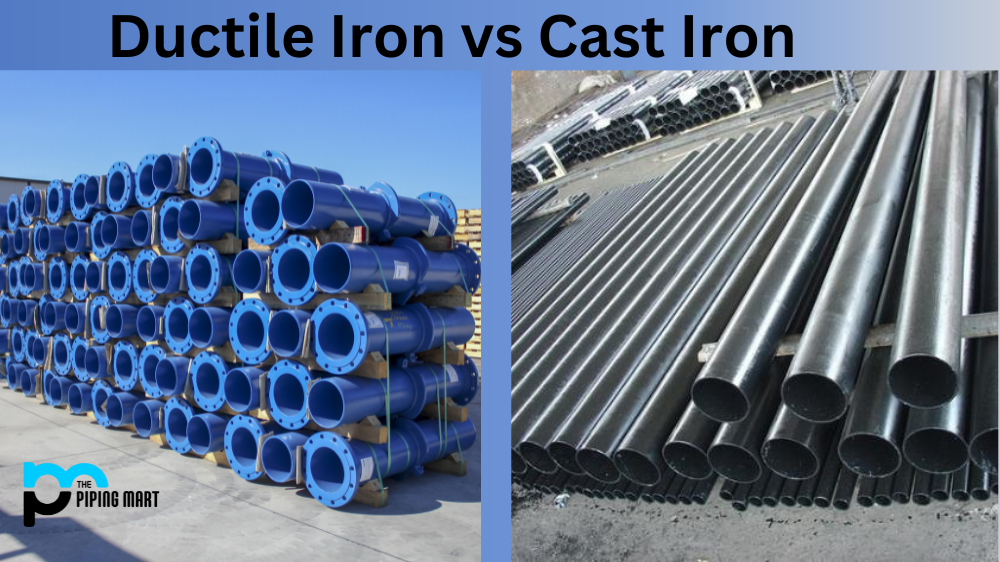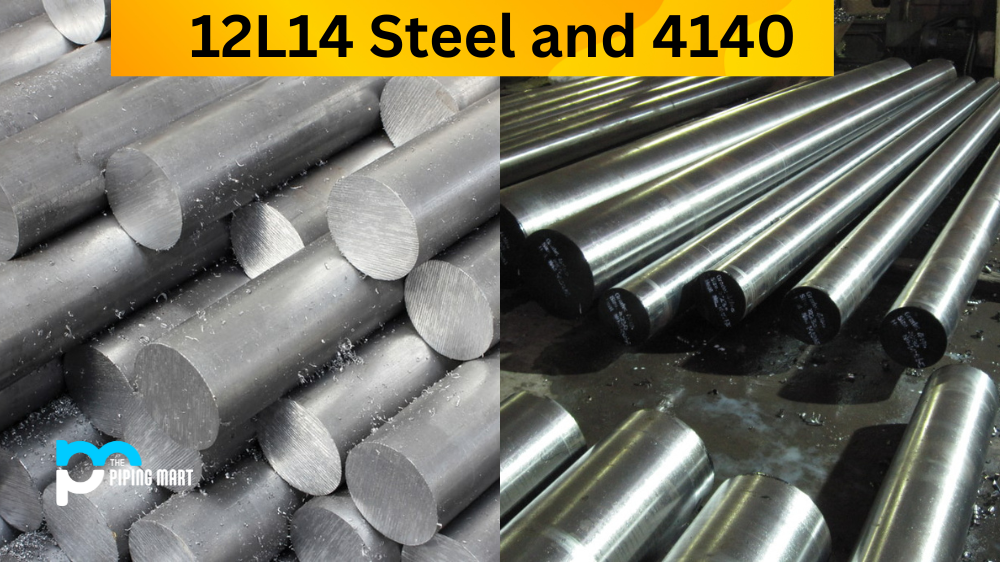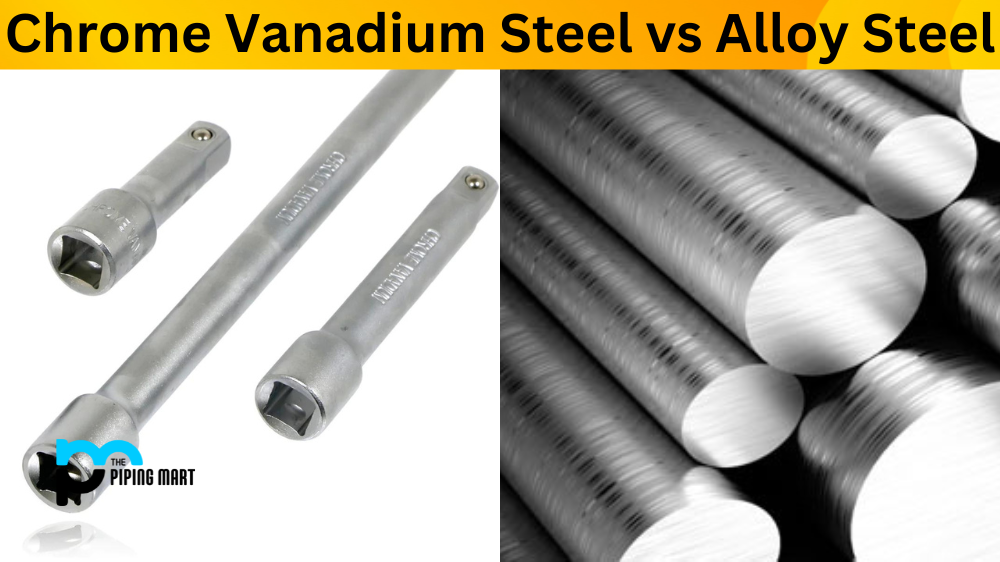Iron is a metal with a wide range of industrial applications. Among the various forms of iron, cast iron and ductile iron are the most commonly used. These two iron types’ unique properties determine their suitability for different applications. This blog post compares and contrasts the tensile and cast iron properties.
Ductile Iron
Ductile iron is a form of cast iron treated with small amounts of magnesium, improving its ductility and strength. Malleable iron is more resistant to environmental factors than cast iron, making it suitable for use in pipes, gears, and other applications that require strength and durability. Ductile iron is also more resistant to corrosion and has better vibration-damping properties.
Cast Iron
Cast iron has been around for thousands of years and is used for everything from cooking pots to construction materials. This form of iron is brittle and easily broken; it also lacks the ductility of ductile iron. Cast iron is still famous for specific applications, such as engine blocks and pipes, due to its ease of casting and high thermal conductivity.
Differences Between Ductile Iron and Cast Iron
Strength
Ductile iron is superior to cast iron, making it a popular choice for industrial applications. On the other hand, cast iron is more prone to breakage, making it unsuitable for specific applications. Ductile iron also has better ductility, meaning it can bend without breaking and elongate more than cast iron while maintaining its shape.
Cost
Ductile iron is more expensive than cast iron but more cost-effective due to its strength and lifespan. Cast iron, being easier to produce, is cheaper but requires frequent maintenance, thereby making it more expensive in the long run.
Industrial Applications
Ductile iron is widely used in water and sewer main lines, large gas and oil pipe applications, pump casings, and valve bodies due to its strength and durability. Cast iron is preferred for smaller pipes, guttering pipes, and stove/grill plates due to its cost-effectiveness and ease of casting process.
Other Differences
- Ductile iron is more vital than cast iron.
- Ductile iron is more resistant to wear and tear.
- Ductile iron is less brittle than cast iron.
- Ductile iron can be cast into a variety of shapes.
- Ductile iron is more expensive than cast iron.
Conclusion
In conclusion, the properties of ductile iron and cast iron determine their suitability for various industrial applications. Malleable iron is more robust, plastic, and corrosion-resistant, making it suitable for pipelines, gears, and other applications threquiringtrength and durability. On the other hand, cast iron is cheaper, easier to produce, and ideal for applications that require high thermal conductivity, including cooking, stove grills, and engine blocks. Ultimately, the choice between ductile and cast iron depends on the application requirements.
Meet Heer, a dynamic and driven writer learning tricks of her trade in the metal industry. With a background in Digital Marketing, Heer brings a unique perspective to her writing, sharing valuable insights. Apart from blogging she like reading and hiking.




